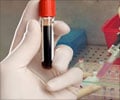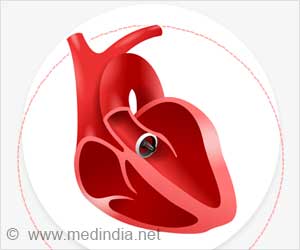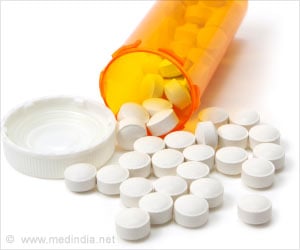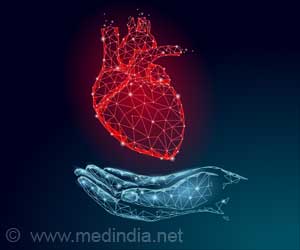A study conducted with mouse models showed that when scientists implanted monocytes, it helped preserve cardiac function after a heart attack.

Monocytes, produced in the bone marrow, circulate in the bloodstream for a few days before moving to tissues throughout the body and play a role in attacking foreign substances in the body, including infection.
New blood vessel growth (angiogenesis) could play an important role in the repair of damaged heart tissue. The researchers therefore chose to grow (culture) monocytes, derived from mouse blood, under angiogenic conditions prior to transplantation to determine if these so-called monocyte derivatives could be beneficial.
"Our purpose was to assess the effect of monocyte derivatives (MDs) on cardiac and endothelial cell proliferation and survival," said the study's lead author Dr. Jacques Galipeau, associate professor of medicine at McGill University's Lady Davis Institute for Medical Research.
"In this study, we demonstrated that myocardial protection following infarction can be induced in part by growth factors released by MDs. This finding strongly suggests that these released proteins reduce cardiac cell apoptosis and enhance endothelial cell proliferation in vitro, and reduce fibrosis in vivo," Galipeau added.
The McGill researchers found that when they transplanted the MDs into animal models of myocardial infarction, the cells secreted high levels of a variety of growth factors that provided anti-inflammatory properties and also played a role in protecting cells of the heart tissues (cardiomyocytes) from programmed cell death (apoptosis).
Advertisement
The study has been published in the current issue of Cell Transplantation.
Advertisement















